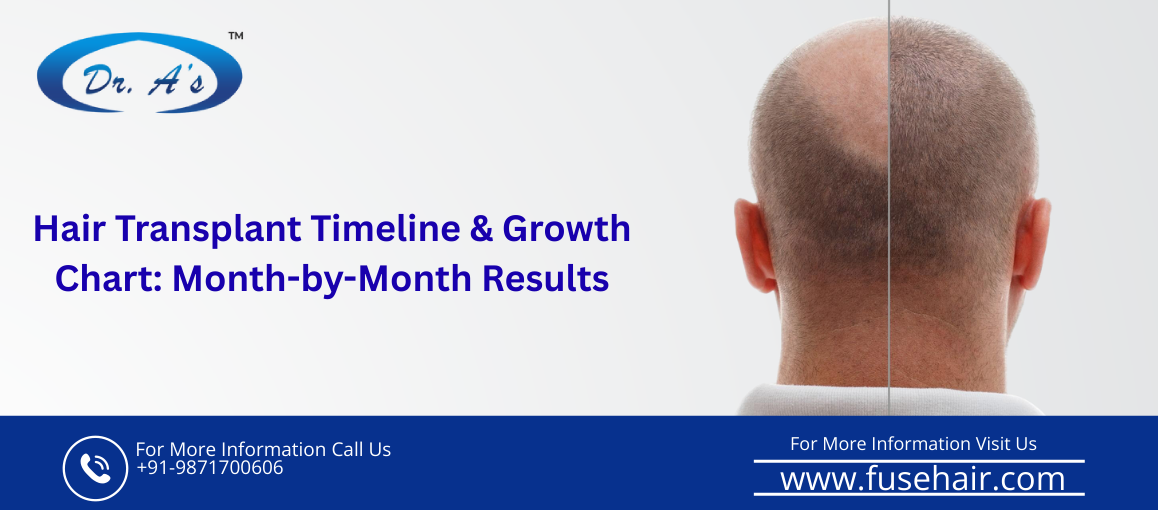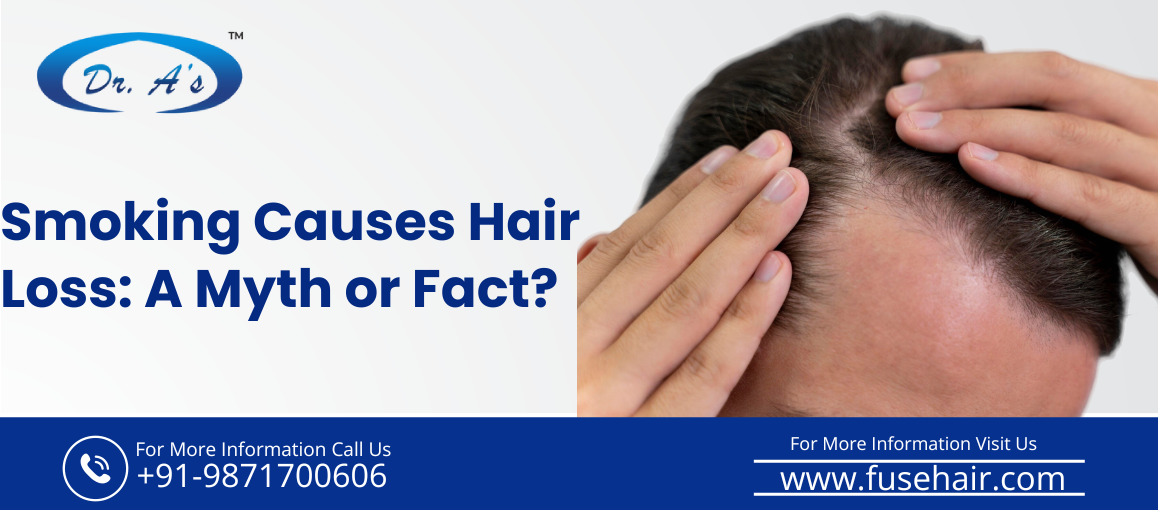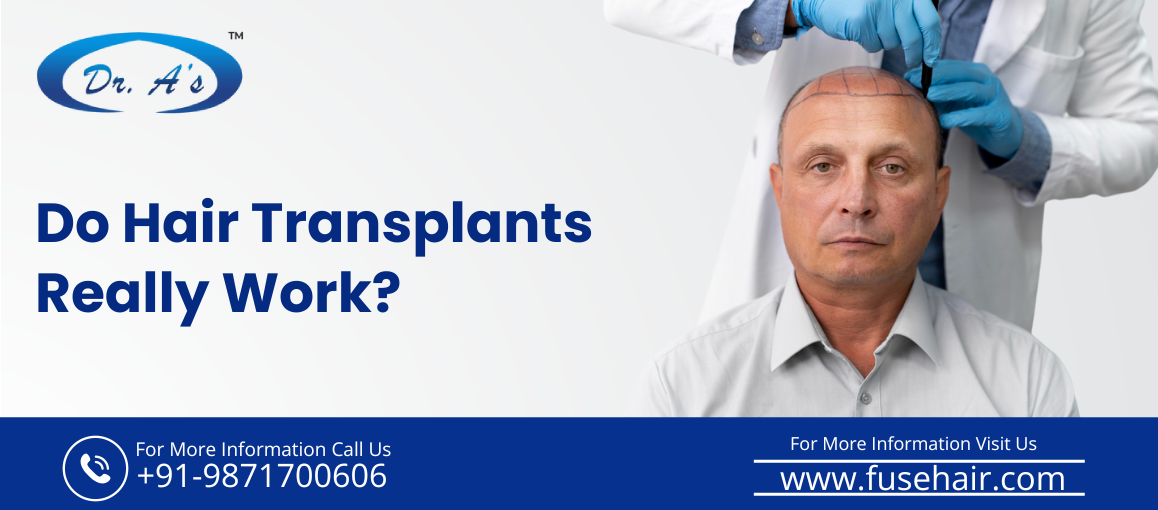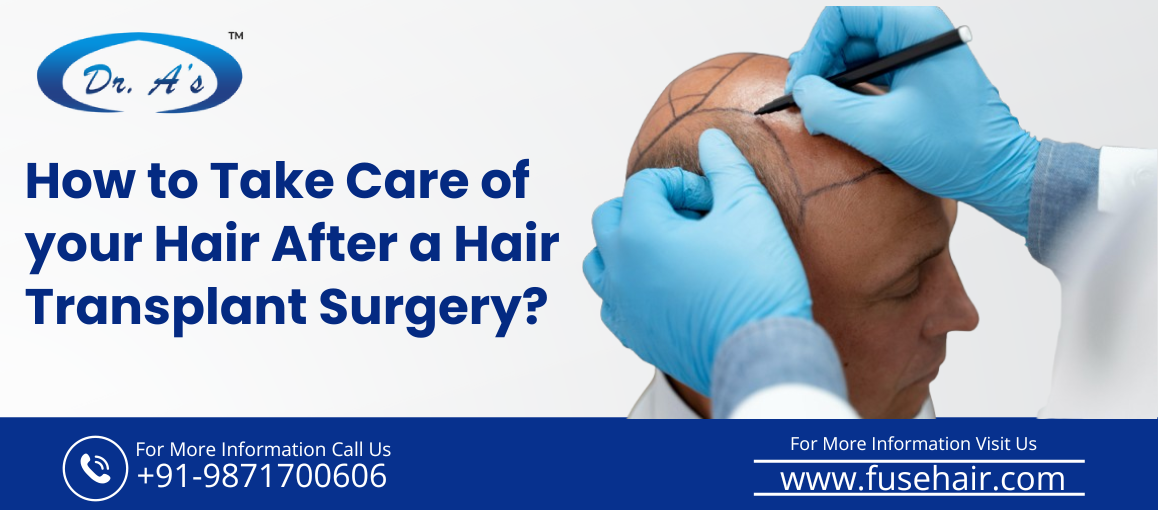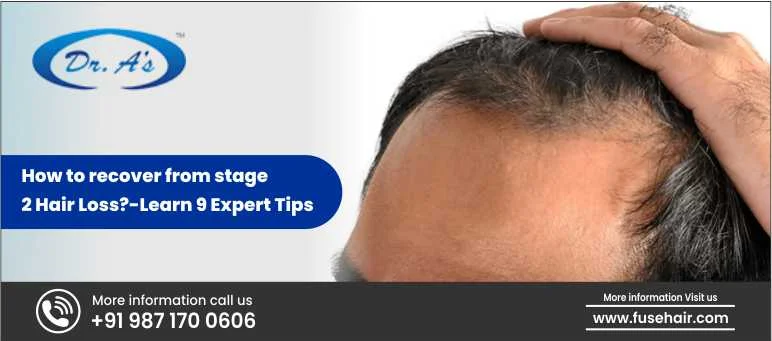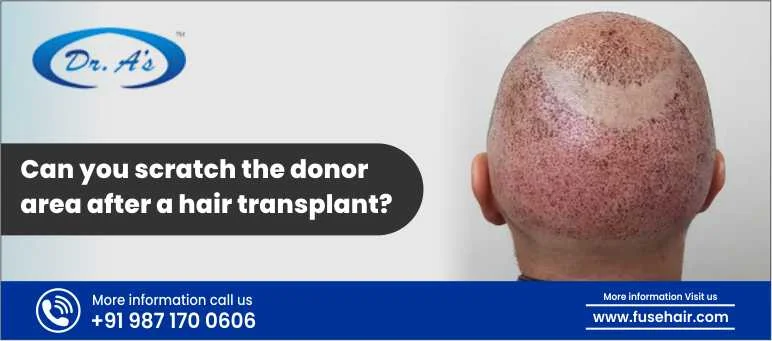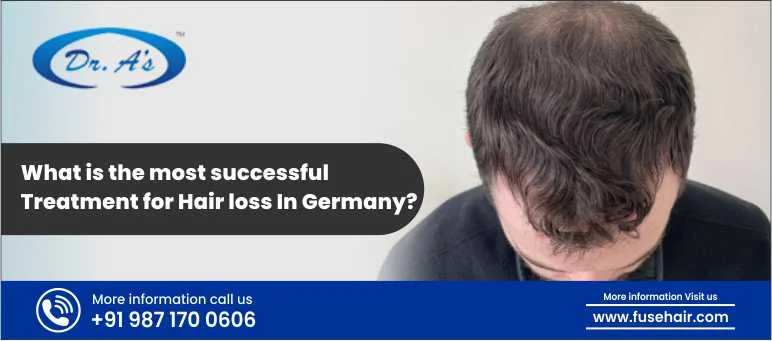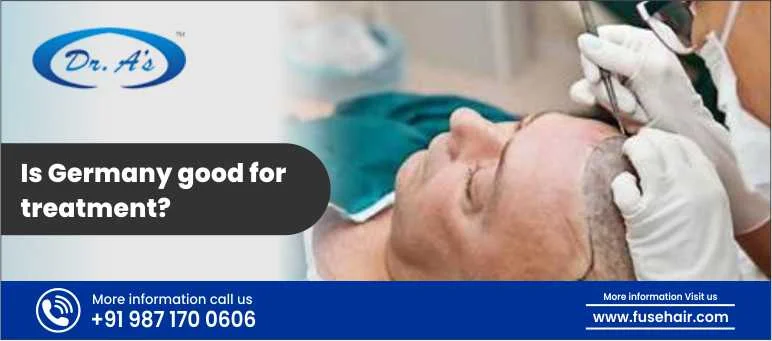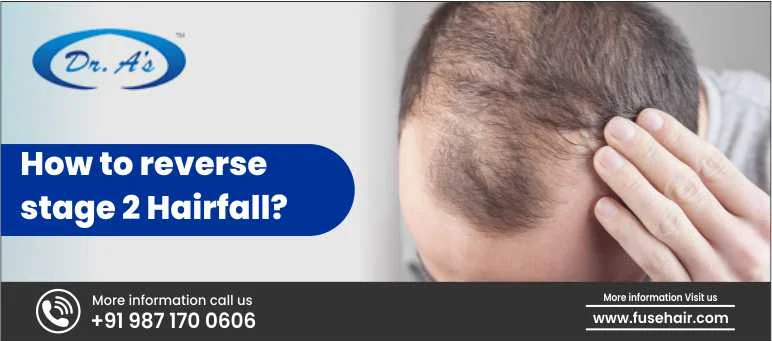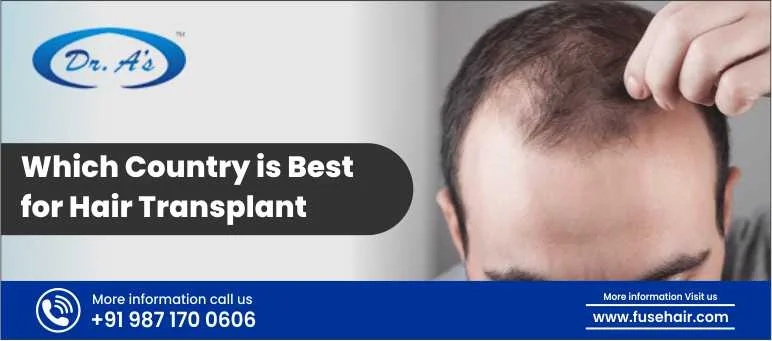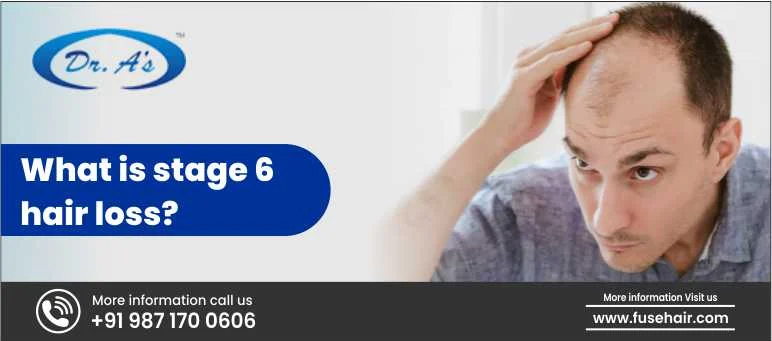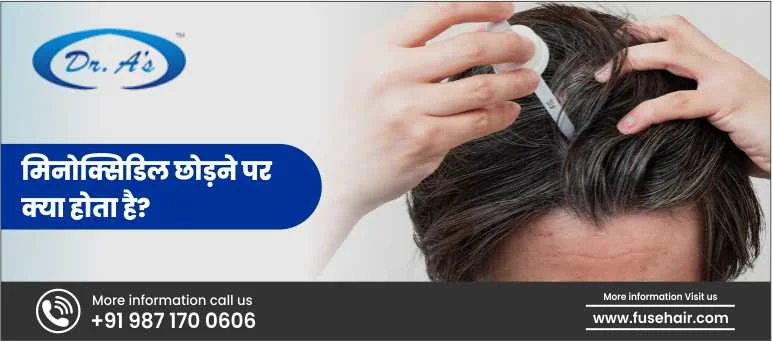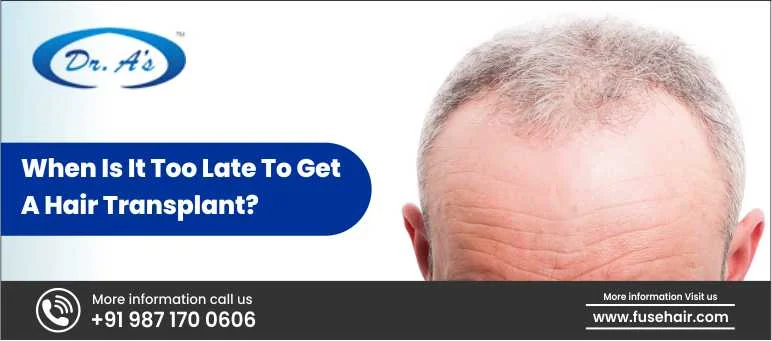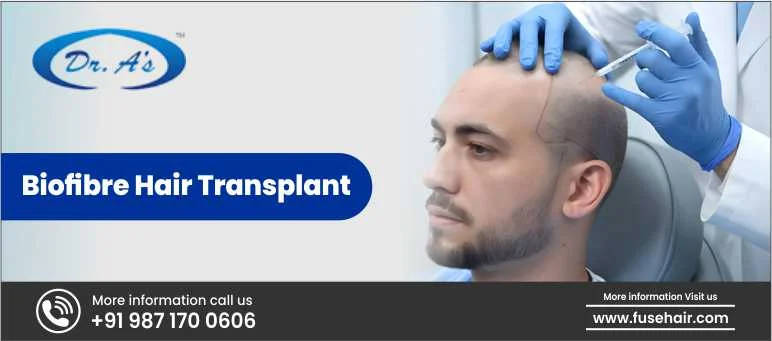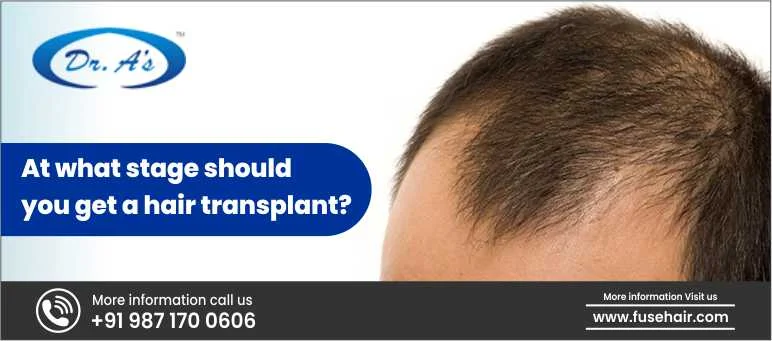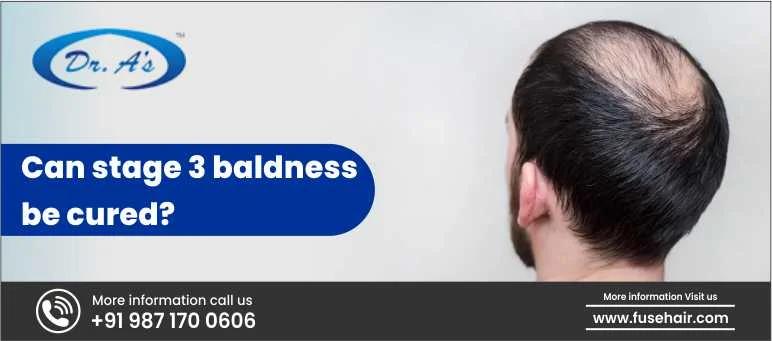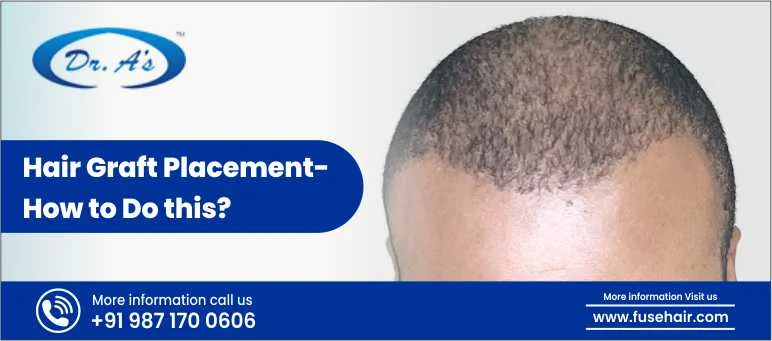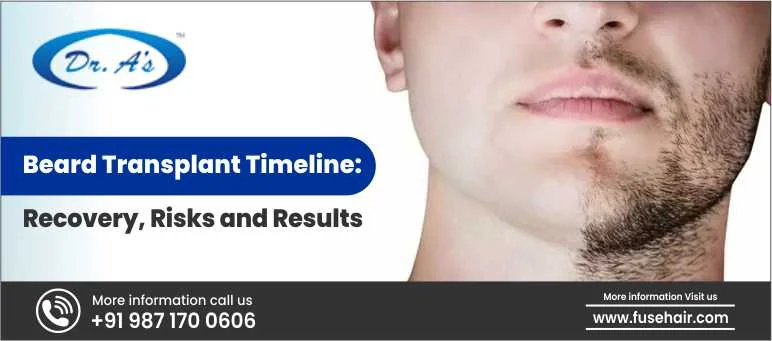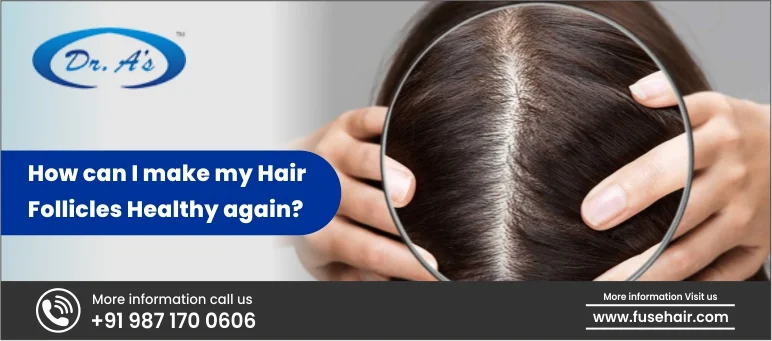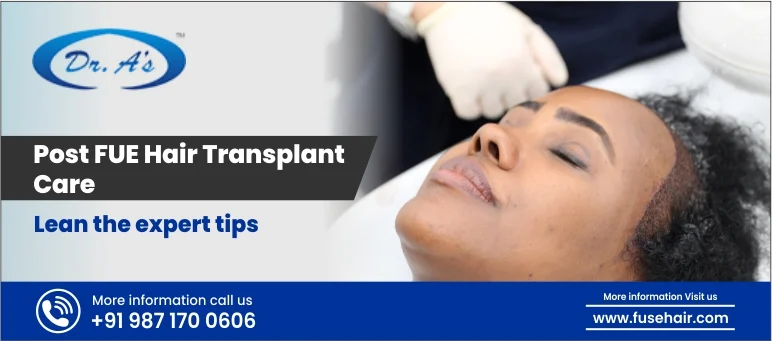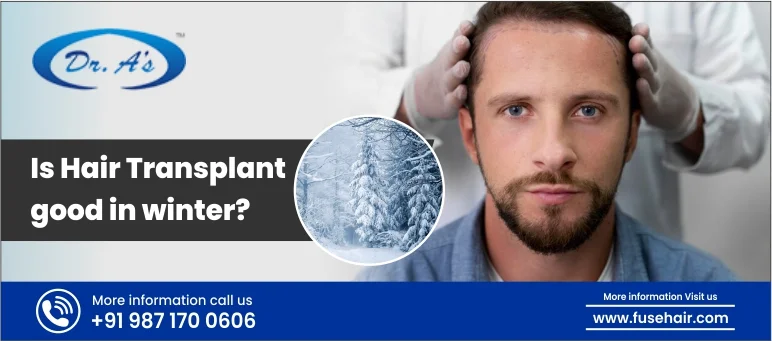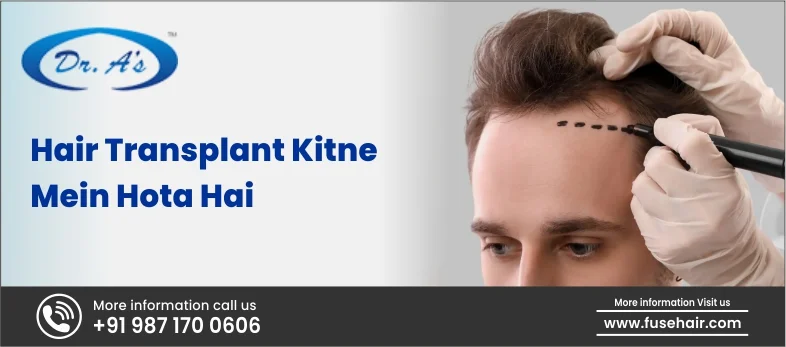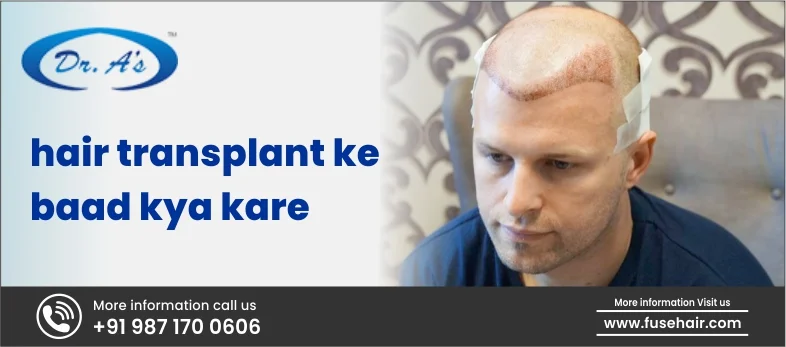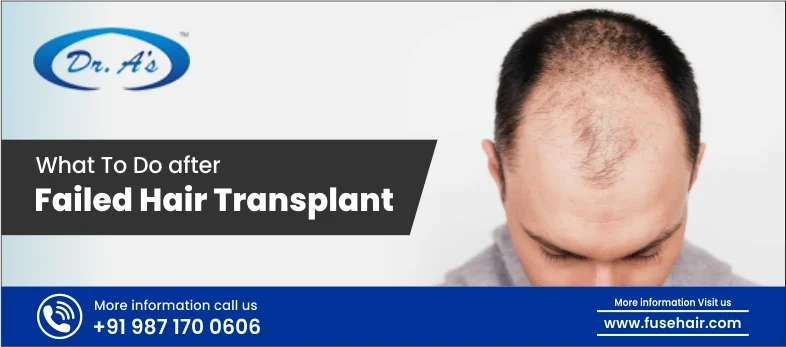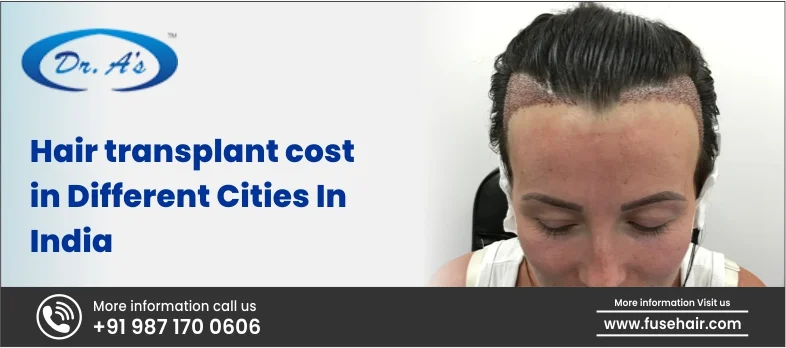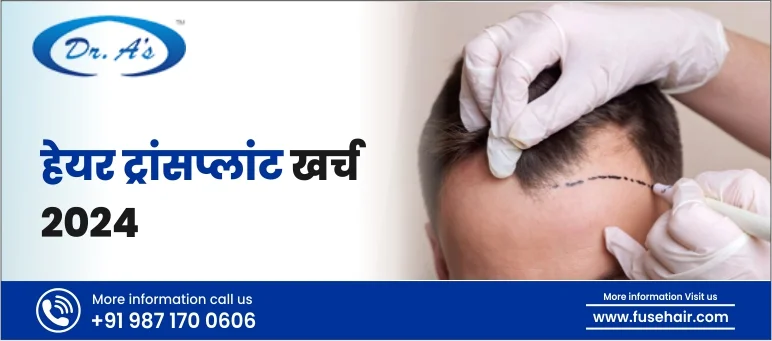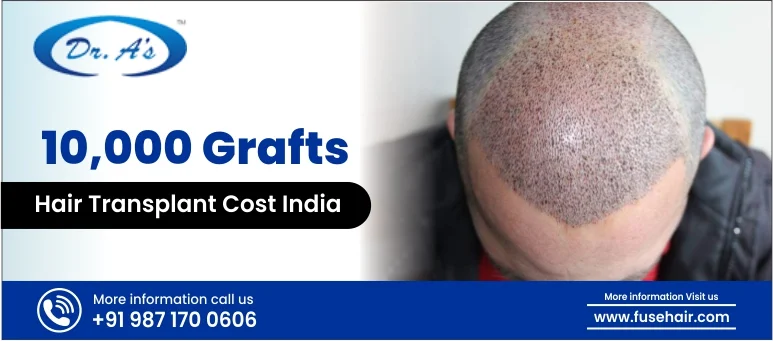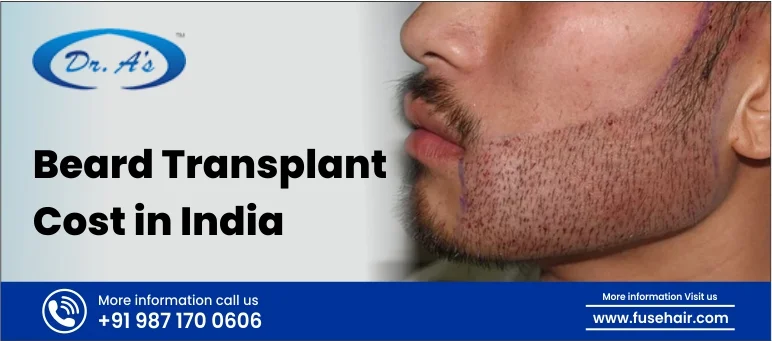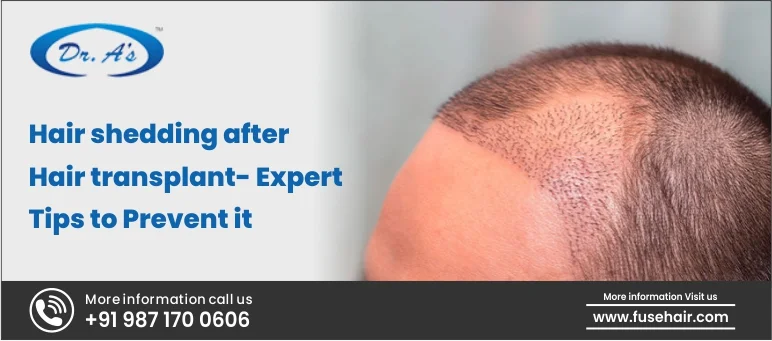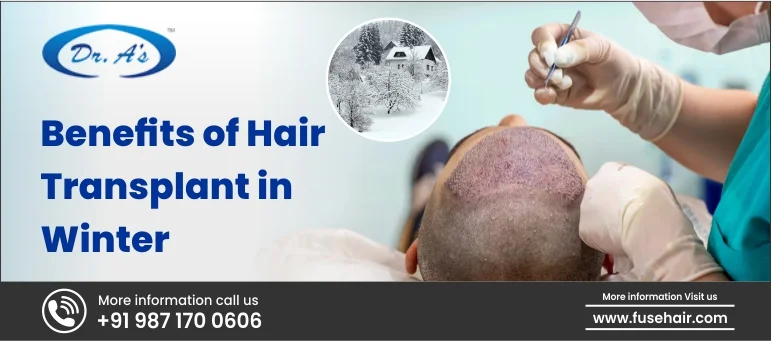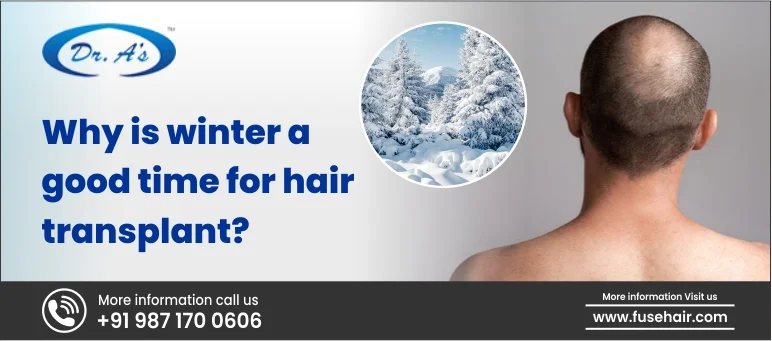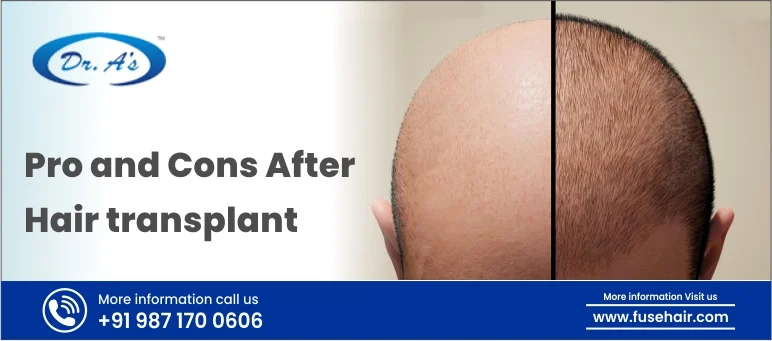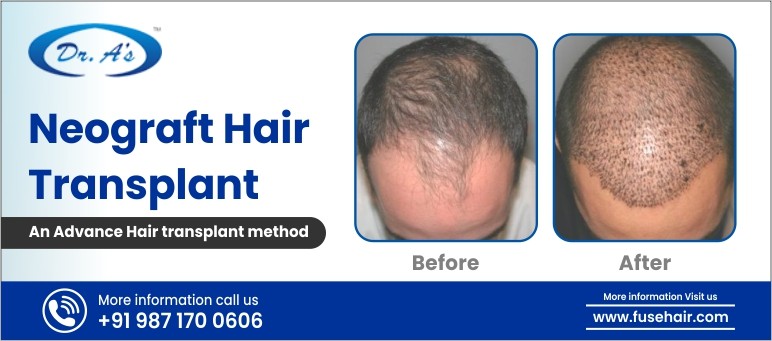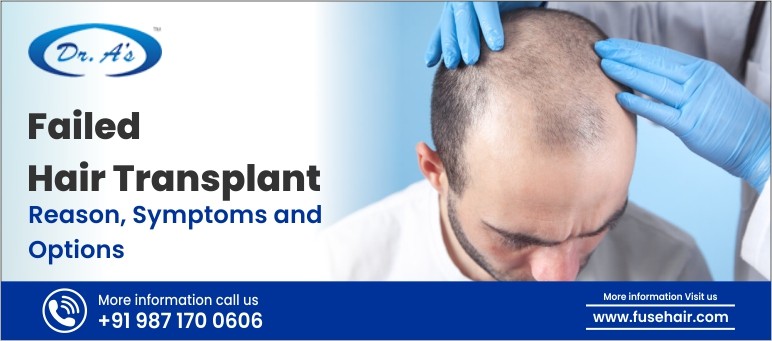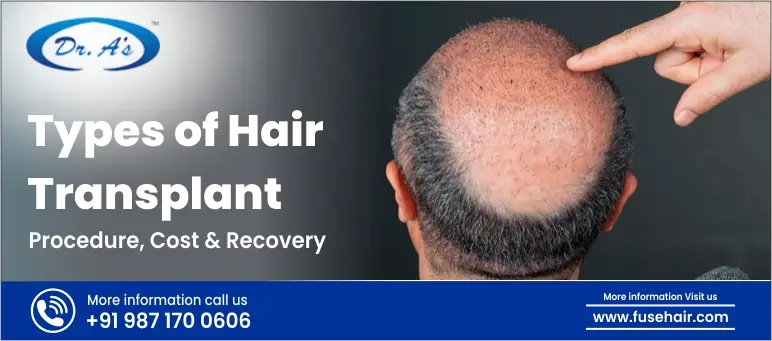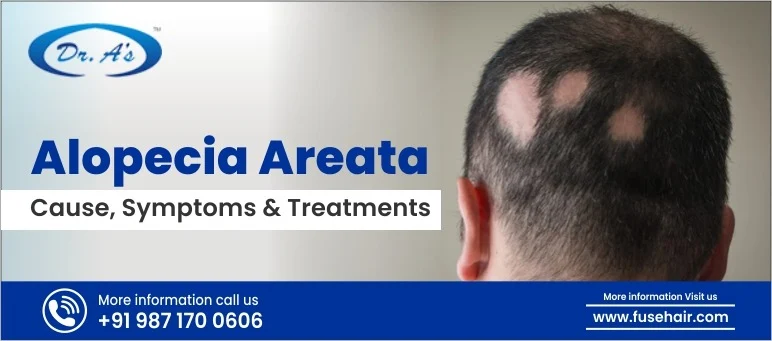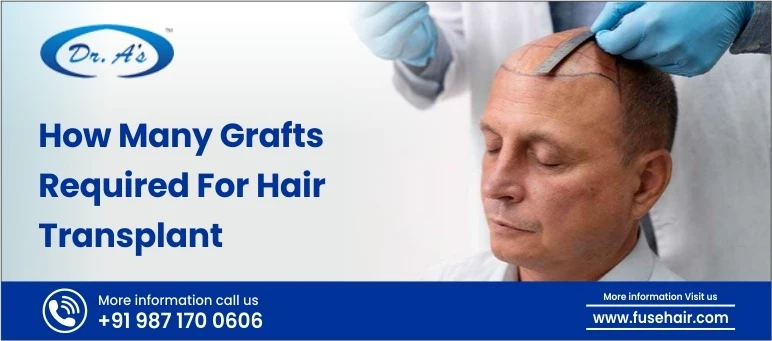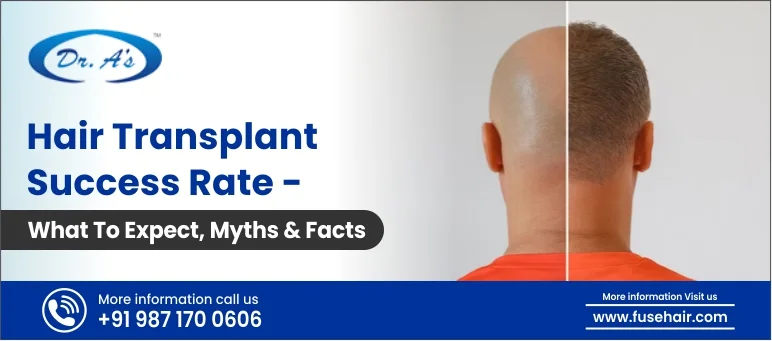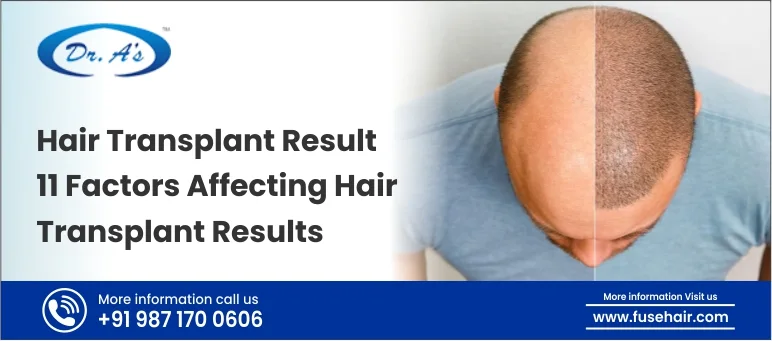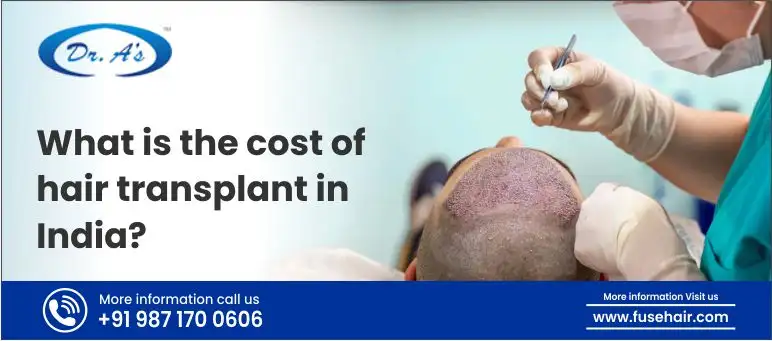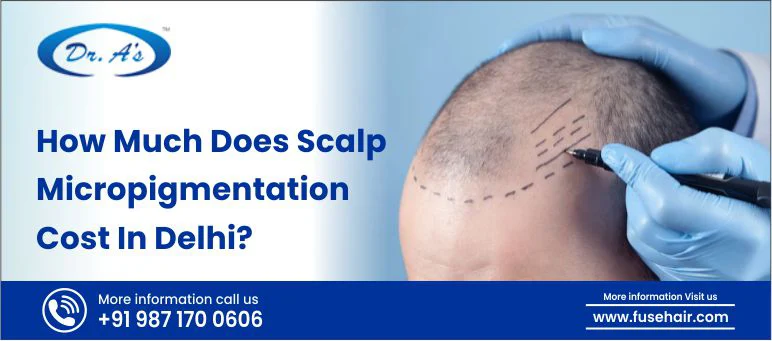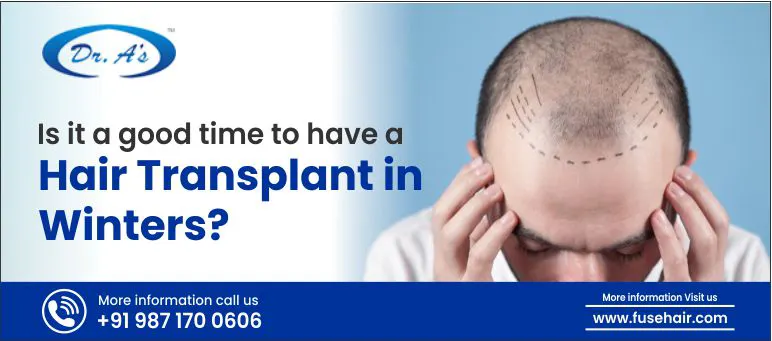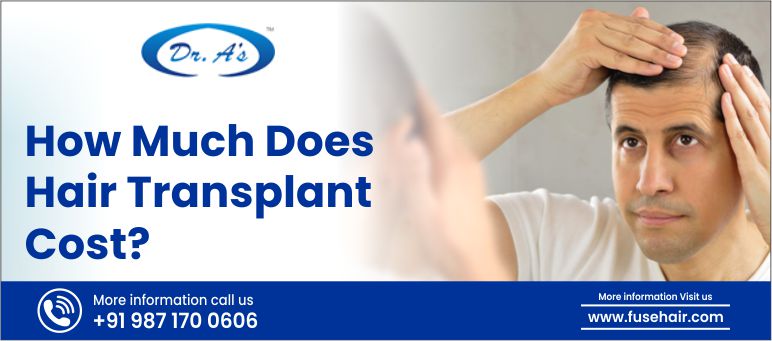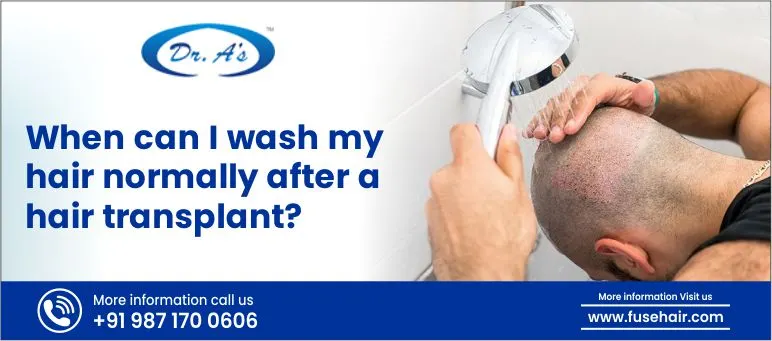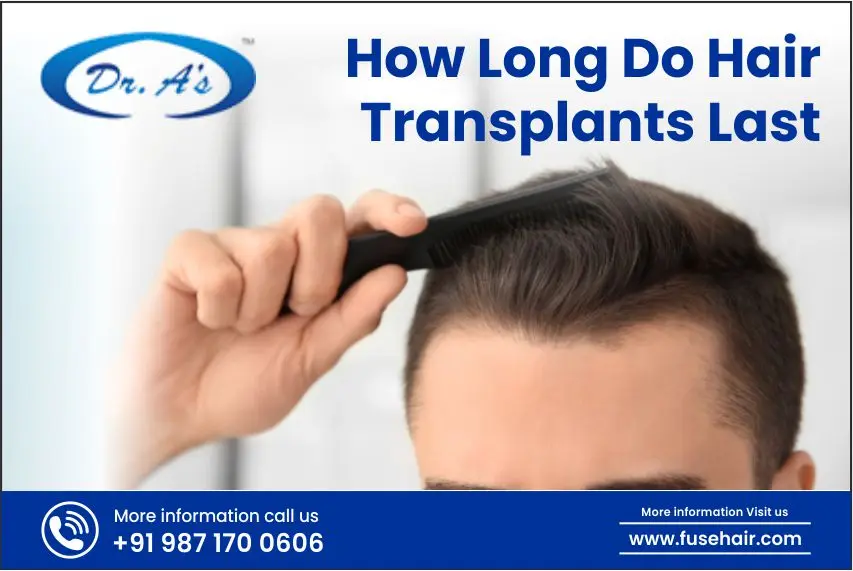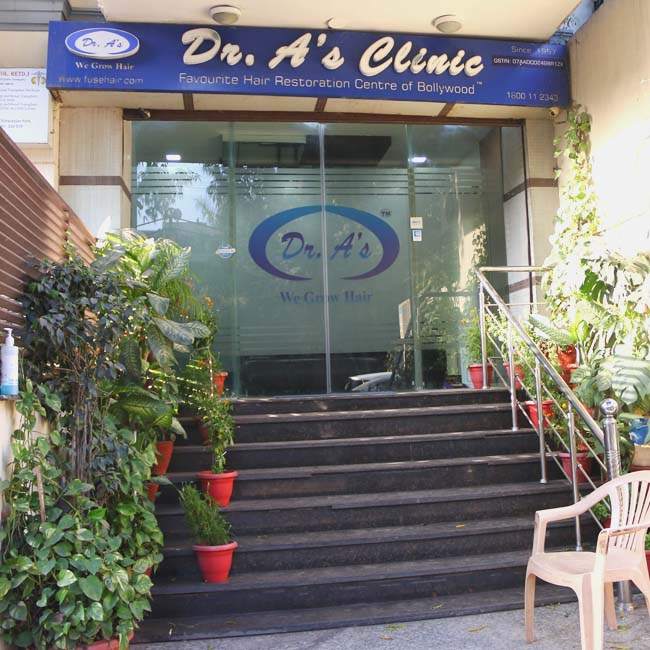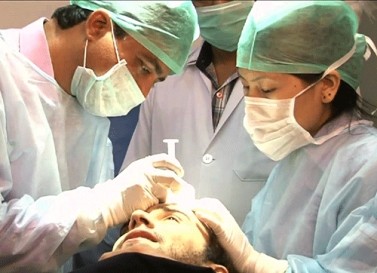
Hair loss can be gradual, and hence, the first signs are hard to recognise. The key, however, is early detection, which ensures that one prevents any further loss and regains normal hair growth. When you begin to notice minute differences in your hairline makeup, texture, or the general amount that you have, you should take note. Knowing what exactly to look out for enables you to take the necessary measures early enough and consider options before serious hair loss takes place.
At Dr. A‘s Clinic, patients are provided with enhanced diagnosis and optimal treatment methods for every hair thinning phase.
So, today, in this article, we will discuss the most frequent signs of losing hair and when to go to a specialist.
Common Signs of Hair Thinning and Loss
Here are the common signs that you should know when it comes to hair thinning:
-
Gradual Hairline Recession
Among the first hair-loss signs is recession of the hairline that is gradual and progressive. This usually begins at the temples and may, in turn, develop into an M formation on the forehead. Although it is more prevalent in adult males, it also occurs in women, although the change in hairline is not noticeable.
Change can be so subtle that it is not noticed for months or years. It is possible to monitor changes regularly by looking at old photos of yourself. With this early intervention, hair recession can be suppressed (and there is some chance of reversing it), particularly when taken care of by a skilled surgeon like Dr. Arvind Poswal in hair restoration.
-
Noticeable Hair Shedding
It can be a sign of danger when you find an unusual amount of hair in your brush, your shower drain or even your pillow. A little bit of shedding is normal, 50 to 100 strands of hair loss per day is normal, but when the quantity is a lot more, it could be a sign of thinning.
Severe hair loss may be induced by stress and hormonal fluctuations, nutritional disorders, scalp disorders, etc. Patterns also need to be tracked, and if it has continuously shed within several weeks, then a professional diagnosis is recommended. By treating the underlying cause in an early stage, it is possible to prevent further loss.
-
Reduced Hair Volume
The reduction in hair density can cause your hairstyle to appear flat or dull. You can see how your ponytail is more sparse, or you start to feel that there is no bounce or fullness in your hair. The size of shrunken hair follicles that create its thin and short hair is often associated with reduced volume.
Pattern baldness is marked by this condition, which is referred to as miniaturisation. Treatments such as PRP therapy and highly developed transplantation practices, as proposed by Dr. Arvind Poswal, can effectively restore volume and thicken hair.
-
Patchy or Circular Bald Spots
Larger baldness or smaller baldness is more visible and might be frightening. They usually occur at the top of the head in men and women; they could come out in some patches quite arbitrarily. In rare cases, alopecia areata, which is related to the breakdown in the immune system and occurs when the immune system starts attacking the hair follicles, can result in circular bald spots. The spots could appear suddenly and expand gradually. The early detection of the cause is important because prompt treatment can make one regrow hair in the affected regions and stop the spread.
-
Slower Hair Growth
Another indicator, though a minor one, is that hair growth becomes reduced. A seemingly slow rate at which your hair may grow up to the usual length may be an indication that your follicles are becoming inactive. Healthy hair can grow about half an inch a month, while thinning hair can grow at very slow rates because of poor functionality in the follicles.
The right scalp care, balanced diet and specialised therapies can be used to encourage proper growth cycles. Tests can be carried out in Dr. A’s Clinic to determine the root cause and solve it appropriately.
-
Widening Part Line
Broadening of the part line is particularly evident in women, and in many cases, the manifestations of diffuse thinning may be one of the earliest seen. The scalp shows more clearly in hair strands, so hairstyles do not help to hide bald spots. This kind of baldness is mostly associated with hormonal changes, ageing processes or genetic predisposition. When treated in time (at an early age), one can treat it with topical solutions or slight surgery to restore density and avoid additional spread.
-
Increased Scalp Visibility Under Light
You may be losing hair density when you suddenly realise some increase in scalp sensitivity than before, especially due to bright light/ different light in the sun. This effect can be combined with such symptoms as decreased volume or shedding. Enhanced scalp exposure may occur on an area-to-area basis or all over the head. It is possible to capture photographs using the same lighting to monitor variations over time. This can only be checked by a professional evaluation to determine whether it is shedding or progressive thinning.
-
Change in Hair Texture
Thin hair is often different in a new way. Fibres can be thinner, post-fracture lower or fracture more easily than before. You can even observe higher breakage, so it is more problematic to arrange the preferred styling. Such alteration normally happens when hair follicles decline, resulting in weaker strands with reduced pigmentation. Strength and texture can be regained by achieving a healthy scalp environment and specific hair treatments.
We at Dr. A’s Clinic offer individualized treatment plans to treat both cosmetic and structural aspects that help the hair grow healthier.
When to Seek Professional Help for Hair Loss?
One would expect to lose some hair, but when you start noticing any significant changes, like a receding hairline, the part becoming wider, thinner hair, or a bald spot, it is high time you see a hair restoration expert. Substantial outcomes can be seen by using early intervention since active follicles prove to be more responsive to any treatment.
According to Dr. Arvind Poswal, it is suggested to seek help especially when:
- Shedding continues after a few weeks or months.
- There are sudden bald spots or patchy areas.
- There is a big difference in hairstyles.
- The visibility of the scalp stands out more in the light.
- It runs in the family concerning premature hair loss.
We at Dr. A’s Clinic thoroughly examine the scalp and prescribe diagnostic tests, such as trichoscopy or blood tests, to find out the real cause. Based on the diagnosis, Dr. Arvind Poswal recommends specific treatments, such as:
- Chemical treatments (like minoxidil and finasteride) to reduce and/or restore hair loss.
- Platelet-Rich Plasma (PRP) to encourage growth.
- Surgical hair transplantation with advanced technologies, such as FUE (Follicular Unit Extraction), FUT (Follicular Unit Transplantation), FUSE (Follicular Unit Separation Extraction) or BHT (Body Hair Transplant).
Alongside these, we also offer a comprehensive hair care routine, dietary recommendations, and lifestyle tips for effective hair regrowth.
Conclusion
Thinning hair might start occurring insidiously, but the sooner you definitively identify the symptoms, the easier it is to maintain and regrow your hair. Whether it is the slight modification of the texture or the blatant visibility of the scalp, a quick response is important.
Dr. A’s Clinic is dedicated to providing professional diagnosis and personal care, which can help you recover your confidence and achieve natural, permanent results. Visit our clinic to discuss your symptoms with expert hair transplant surgeon, Dr. Arvind Poswal. He’ll diagnose your hair loss pattern and extent, customize treatment plans accordingly, and help you get back your thick, healthy hair, along with the restoration of your lost confidence.







